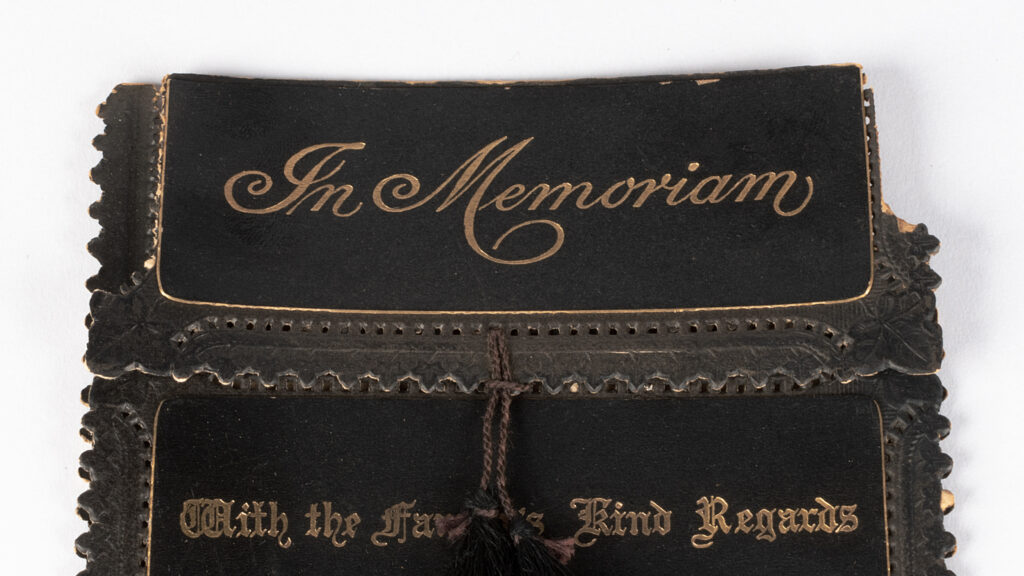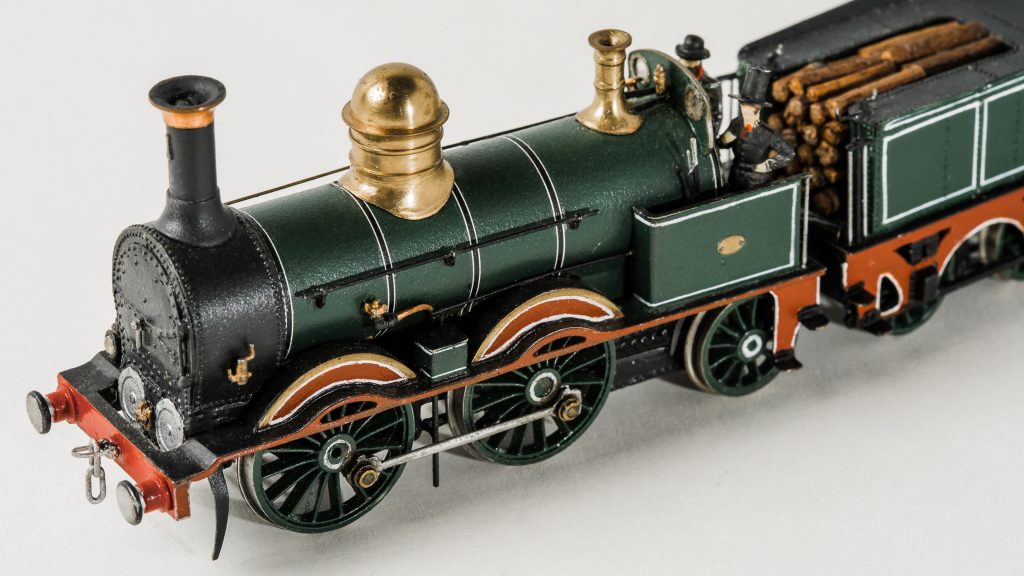
The family of Mrs Mary Gibson had this card made in memory of their mother, who died in July 1913. The handsome card is gilded and embossed in keeping with the conventions of the time, which were a continuation of the Victorian practices around death and mourning. Strict conventions dictated the length of mourning, styles […]
Read More…

Sydney Wentworth (Syd) Nicholls (1896-1977) was the creator of one of Australia’s favourite comic strips, Fatty Finn (1924-1977). It followed the weekly high jinks of a rambunctious schoolboy and was drawn in a 1920s style which kept the series frozen in time. Though Nicholls predominantly lived in Sydney throughout his life, the success of his […]
Read More…

In late 1929, stock markets crashed and the world fell into the Great Depression. By 1932, one in three Australian breadwinners were unemployed. Families queued at soup kitchens or relied on government payments that allowed them to buy only the bare minimum of food. For many poor families, the staple meal was bread and ‘dripping’ […]
Read More…

Described as ‘splendid’ and ‘imposing,’ the Narrabri Town Hall was a two-story brick building erected on Doyle Street in 1892. Built at a cost of 3,500 pounds (including furniture), it was officially opened the following year by the Governor, Sir Robert Duff, who used a ceremonial golden key presented to him for the occasion. Stained […]
Read More…

These six wrought iron arches are disused and laying flat now but, back in the 1870s, they were part of a rail bridge that caused John Whitton a big headache. Whitton was Engineer in Chief of NSW Government Railways and was tasked with building the train line from Sydney to Bathurst. At the time, spending […]
Read More…

This diminutive model of No. 1 steam locomotive represents a train with a very big place in history. The No. 1 locomotive was made in England by Robert Stephenson and Company and was one of four steam locomotives shipped to Australia in January 1855. Its arrival heralded the start of rail service in New South […]
Read More…

Barry Purdon must have been very excited when Queen Elizabeth II and the Duke of Edinburgh visited Bathurst on 12 February 1954. On their whirlwind tour of Australia, the royal couple visited 57 towns and cities in 58 days, but only travelled by train three times. On that momentous day, Barry was the ‘fireman’ on […]
Read More…

As demonstrated by the maker of this clock, Ernest Dunton, and his employer, Morris Blasbalk, to be a watchmaker in the late nineteenth century required more than just the skill of making and fixing clocks. Ernest John Dunton (b. 1878) was born in Wagga Wagga and completed a watchmaker apprenticeship with D. P. Symington in […]
Read More…

‘If Soviet Russia has the hydrogen bomb… then the West must turn again to its defences.’ Published in the Newcastle Morning Herald and Miners Advocate in 1953, this foreboding warning came in response to the Soviet Union’s explosion of their first thermonuclear weapon—a hydrogen bomb. Soviet Chairman Georgy Malenkov considered this the end of the […]
Read More…











